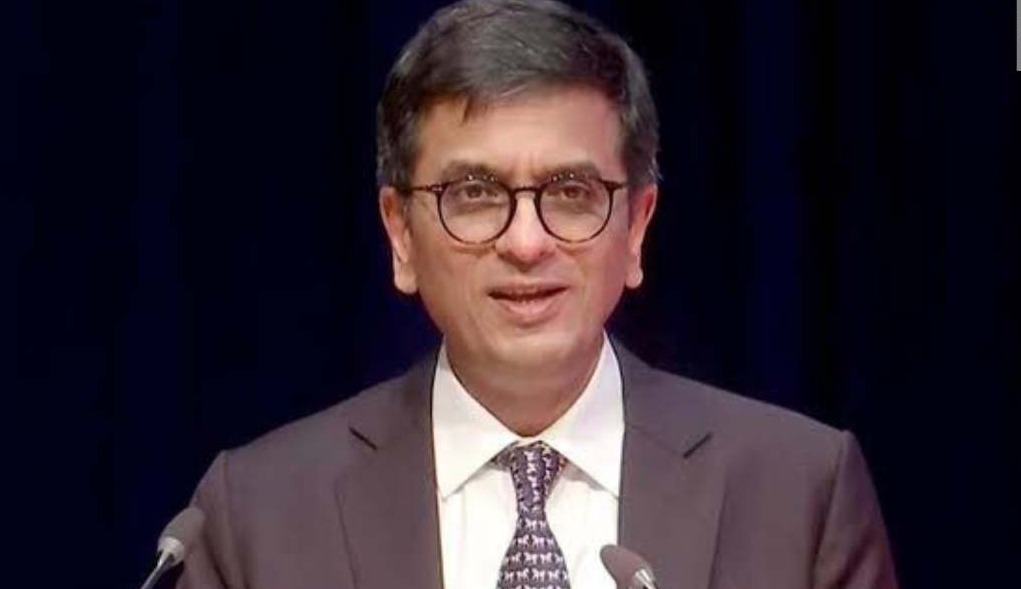
On Thursday, the Supreme Court upheld the right of state governments to impose royalties on mineral-bearing lands, affirming their competence and authority to do so.
This ruling benefits mineral-rich states like Odisha, Jharkhand, Bengal, Chhattisgarh, Madhya Pradesh, and Rajasthan, enabling them to charge additional levies on mining companies within their territories.
The landmark 8:1 verdict, delivered by a bench led by Chief Justice DY Chandrachud, distinguished ‘royalty’ from ‘tax’. Justice BV Nagarathna provided the dissenting opinion.
Chief Justice Chandrachud, reading the majority verdict, clarified that “royalty is a contractual consideration paid by lessee to lessor” and emphasized that Parliament “does not have the power to tax mineral rights under Entry 50, List I.”
“We hold that both royalty and dead rent do not fulfill the criteria of a tax,” stated the Chief Justice.
The verdict also noted that the Mines and Minerals (Development and Regulation) Act (MMDRA) does not limit states from taxing minerals.
In her dissent, Justice Nagarathna warned that allowing states to tax mineral rights could lead to “unhealthy competition between states to derive revenue,” potentially exploiting the national market and disrupting the federal system in the context of mineral development.
The central government had argued that only Parliament has the authority to impose taxes on minerals.
In March, Chief Justice Chandrachud questioned Solicitor General Tushar Mehta, representing the central government, about whether this contention affects the constitutional distribution of power between the center and the states.
“Why does the statute not say ‘this is the tax that the Union will be charging, and to that extent, the power of state is denuded’… or something like that?” the court asked Mr. Mehta.
Mr. Mehta responded, “If such tax is imposed, it would be an invalid or unconstitutional tax. There is an in-built statutory mechanism which says that this will be the amount and nothing more,” referencing previous excessive rates levied before the top court’s 1989 verdict.
To bring uniformity, Mr. Mehta argued, the center fixes the rate of tax. However, Chief Justice Chandrachud replied that the issue was whether this approach infringes on the federal distribution of power.
The court ultimately ruled that the Constitution does not grant Parliament an “entire universe” of mineral development authority, and states also have powers to regulate and develop mines and minerals.
In February, the court emphasized a “critical distinction” in this matter, highlighting the limited areas where states have taxing power under the Constitution. The Chief Justice noted that most taxation powers are allocated to the central government, and the few areas available to states, such as liquor, should not be diluted.
Background of the Mineral Rights Tax Case
Over three decades ago, a seven-judge bench determined that the center is the primary authority under the MMDRA. This decision arose from a dispute between the Tamil Nadu government and India Cements, where the state imposed a cess in addition to the royalty paid by the company, which led to the company challenging the cess as an unlawful tax on royalty.
The Supreme Court at that time ruled that royalty constitutes a tax, making a cess on royalty beyond the competence of state legislatures. However, 15 years later, a smaller bench in a case involving the Bengal government and a mining company reversed this, citing a typographical error in the 1989 verdict and clarifying that ‘royalty is not a tax.’
This issue has been contested for years, with over 80 petitions filed, leading to the Chief Justice Chandrachud-led nine-judge bench finally resolving the matter.




